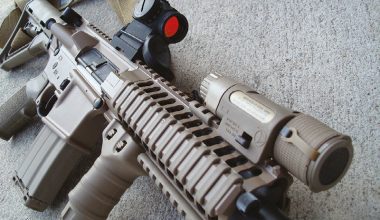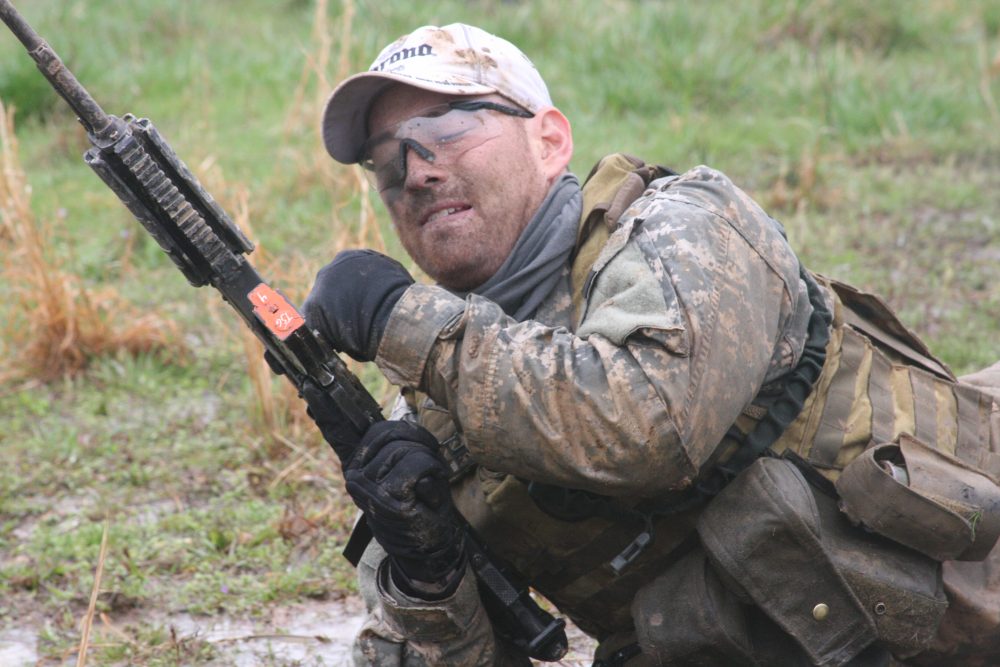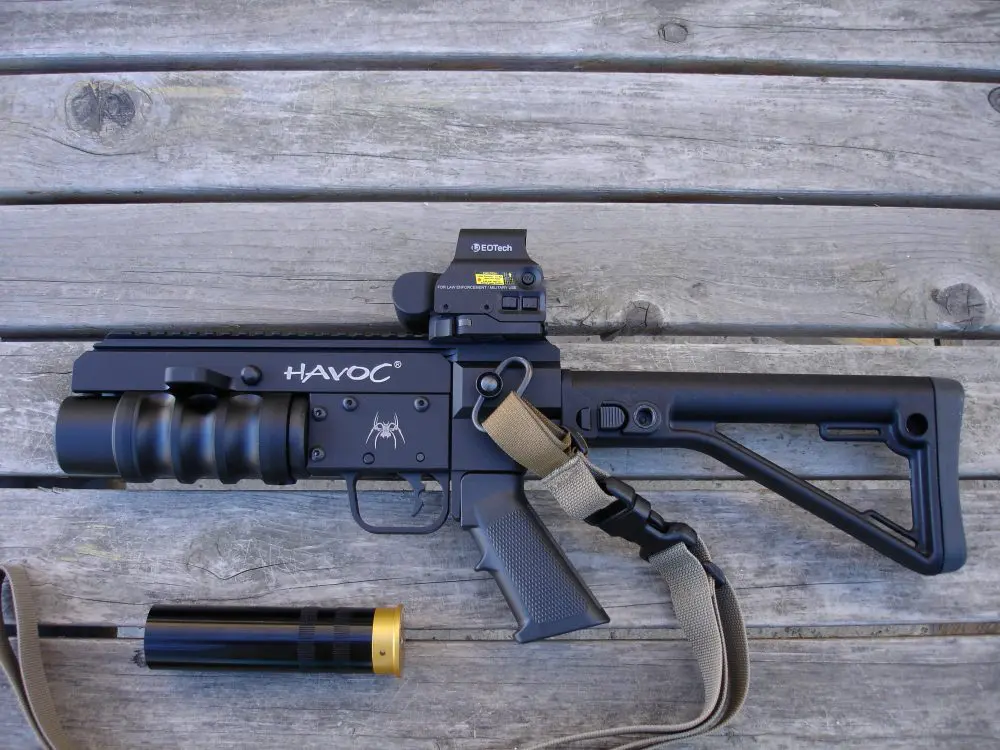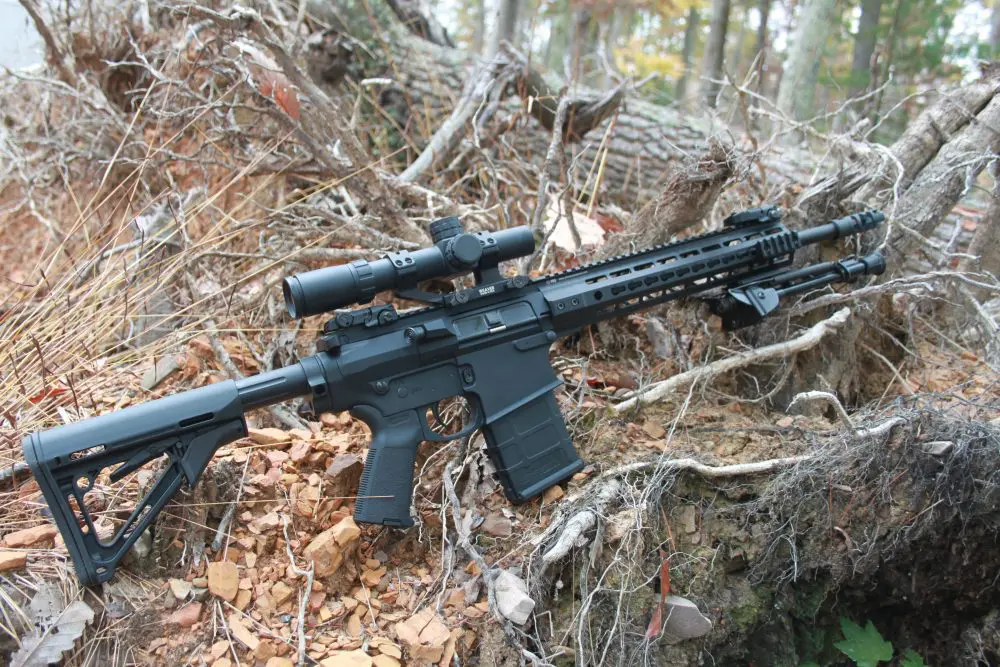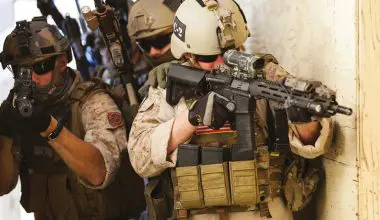The gray, dreary, cold days that come this time of year are here. Soon, we could be surrounded by white landscapes with wet or slippery roads. Those of us in snowy areas will be structure-bound creatures, dependent on television for diversity. Our daily routines will be shortened as we stay confined in our homes or offices to keep out of the weather. As a result, the cheerless, tiring, gloomy mindset that accompanies this time of year may steer us. Unfortunately, we will still have to face the realities of life. How can we stay “switched on”?
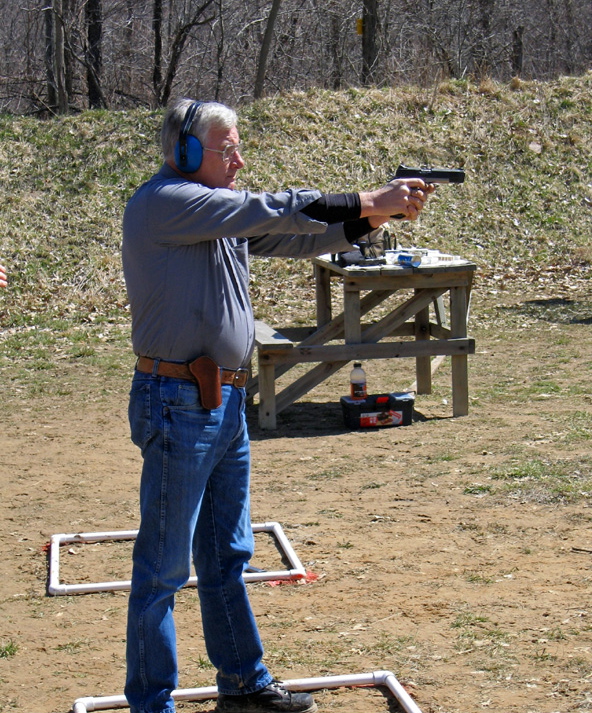
None of us can allow our mental acuities to flow into “winter mindset.” Our lives and daily routines still take us into circumstances that are as potentially threatening as we experience in good weather. We cannot afford to become tactically complacent because all stimuli around us have become inert. Winter still presents the same statistics that follow us every day of our lives.
Police officers are the one profession that is called upon to go in harm’s way among the civilian population. The rest of us can glean information from the statistics provided by these professionals. At the end of each year, the FBI publishes information on police officers who died in the line of duty. Usually, over 150 officers die every year. Of those officers, more than half are killed by gunfire. One thing statistics will never tell us is the mental state these officers were in when they made the ultimate sacrifice. How do these statistics affect all of us as we go about our daily business?
FBI statistics show us that 50% of officers killed by gunfire are within five feet of the suspect, 25% are within 10 feet, and another 15% are within 20 feet. There are few times, in the course of our actions, when we are not within these distances of others. Consider yourself in a grocery line, at a traffic light or in a parking garage. How many times are there people around us in these locations? Individually we must master the mindset that creates a tactical edge. This is not easy, because hundreds of generations of ancestors have instilled the fight or flight process into our brain.
Defensive tactics instruction tells us that, when a person is faced with a lethal threat, his/her sympathetic nervous system (SNS) is activated. This causes the person to face the threat squarely, crouch to become smaller and focus both eyes on the threat (excluding other senses). Adrenalin redirects blood flow to the major muscle systems (thighs, chest and arms) and away from lower extremities (hands and fingers). This adrenalin dump causes a deterioration of fine and complex muscle movements. This is why it is critical to have developed “muscle memory.” Muscle memory can help to overcome this deterioration. However, this can only happen if each individual dedicates him/herself to practice to acquire and maintain muscle memory.
This practice that can be done in the quiet and safety of our homes—with an empty weapon. All that is necessary is the individual incentive to use 15 minutes a week to actually do it. Draw your weapon and dry fire it. I once had an instructor who suggested I practice in front of a full-length mirror. The goal was to beat the person in the mirror. Go slowly at first, making sure your fundamentals are correct. If you practice incorrectly, your muscle memory will also be incorrect. If you start out slowly, concentrating on proper form, speed will come with time.
Another way to attack the mindset brought on by winter doldrums is to use your mind. Dr. Paul Whitesell is a nationally renowned expert in the psychology of combat and intimidation. (Whitesell is currently superintendent of the Indiana State Police.) Dr. Whitesell teaches us that fear, pain and death haunt everyone. As a result, many of us choose to ignore them. In a deadly-force confrontation, this could prove fatal.

Our bodies cannot go where our minds have not already been. If you have not thought of your options in any situation, your body will respond to the last active thought you had. This is why many police officers do nothing, while watching themselves be killed. This is also a part of the fight or flight system, because of the way the systems in our brains work.
To overcome this, think through your possibilities. Consider what is around you and any danger that may face you, then evaluate that danger. In this way you can overcome your anxieties. Formulate a plan of action based on your perceptions. This plan of action should involve many possibilities. Then, should your perceptions of danger become real, you are prepared to act, based on the actions you planned. It is important for everyone to realize that we all have fears. How we have prepared ourselves prior to experiencing fear will determine how we survive the encounter, regardless of how severe the encounter may be.
Example: You’re filling up at the gas station. It’s a boring task most of us do at least once a week without thinking twice about it. But it’s potentially a life-threatening situation. What if an armed robbery occurs while you’re outside filling up or inside paying? What if a mentally disturbed person lights up a cigarette at the pump? Look at everyone around you—the other drivers and their passengers, anyone approaching the station on foot, the people inside the station. Be aware of your surroundings and formulate your plan of action should things go haywire for any reason.
The anticipation of fear can sometimes be far worse than the actual meeting. Through mental practice, the anticipation can be defeated. Mental practice may also see us through a lethal confrontation. Physical practice will aid in such a situation. (Remember practicing your draw in front of a mirror?) Both types of practice are important to each of us. It is the combination of the two that is most important, however. The combination creates a definite edge in your favor should a worst-case scenario develop around you. The combination allows your brain to stay in a cognitive thought mode during fight or flight.
Do not allow yourself to be sucked in by the winter doldrums. Do not allow yourself to simply go through the motions in your day-to-day encounters. Take care of yourself by mentally evaluating every person and every scenario in every one of your daily encounters. It takes seconds and starts as you approach a location. Also, do not avoid the practice it takes to keep your muscle memories alive. When you can honestly say you do these things, then you can say you are “switched on.”

